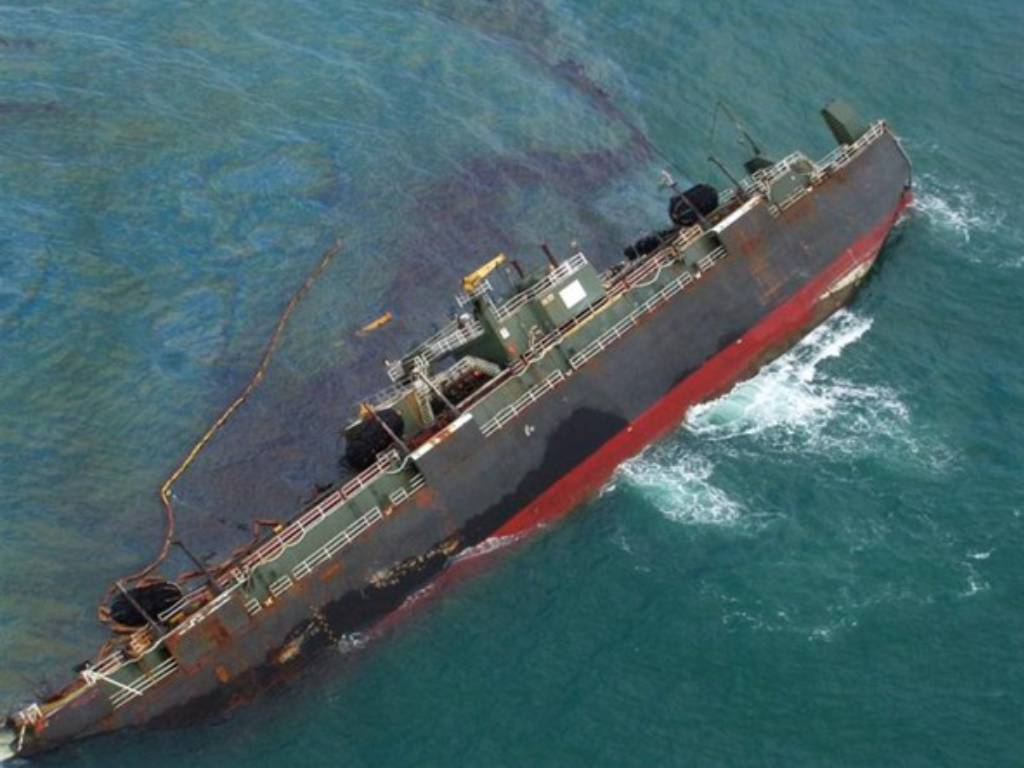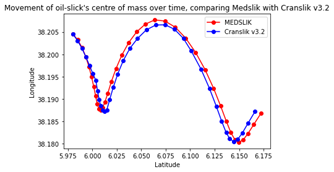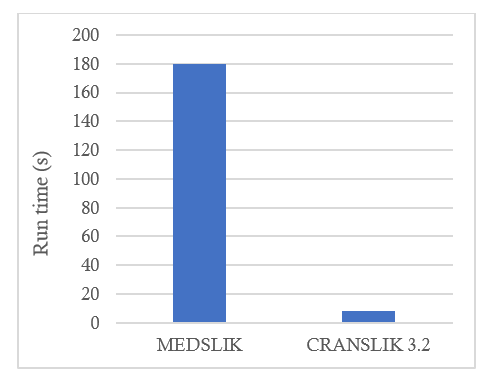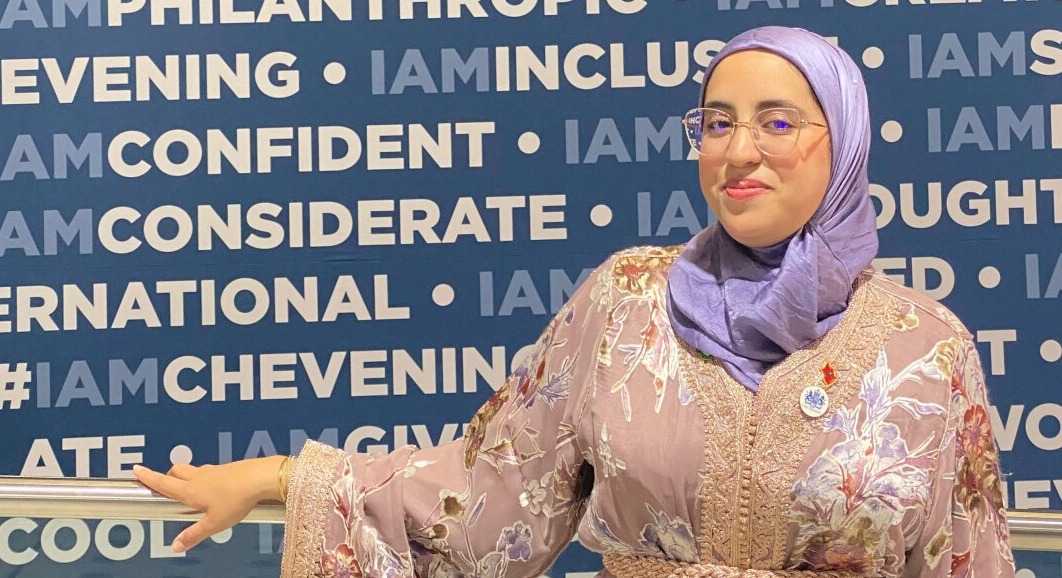My thesis experience on saving the oceans using AI – My Cranfield MSc
01/10/2021

Welcome back to my next blog post! I will tell you about my 80 credit, three month long thesis, which is the final part of the Computational and Software Techniques in Engineering (CSTE) MSc.
The thesis, or Individual Research Project, is by far the largest module of the MSc programme weighing in at 40% of the total 200 credits. It is therefore very important to make sure you choose something that you will enjoy undertaking and learn something useful out of it.
All students are given the choice of doing a research project or an internship with a company as a thesis. If you wish to do a research project at the University, there is the option to either pick a topic from a list of theses proposed by the lecturers, or to suggest your own topic and find a suitable supervisor for the thesis. Alternatively, you can choose to work within a company as part of your thesis.
This year we were introduced to two companies with approved internships, the first being Arrival and the second HP. You are not restricted to doing an internship with only the companies that the university has suggested. However, any internship that you secure must be approved. Any internship has to meet certain criteria to qualify as a valid thesis and so it is recommended to get approval as soon as you secure one.
We were all given the list of available projects quite early in the year, maybe around January 2021. In February, there was also a session where all the supervisors presented their topics and gave the students an opportunity to clarify any questions they had about the projects. This gave us sufficient time to make our decisions and lay out our most preferred three topics. Even though the course team always tries it’s very best to assign the first choice to all students, there can be a few cases where they might allocate your second, or even third choice.
I decided to apply for an internship, but there were also a couple of research projects that I was very interested in. Unfortunately, my internship application was unsuccessful. However, I did succeed in securing my first choice from the thesis projects.
The project I got assigned was titled ‘Stochastic Prediction Of Oil Spill Transport And Fate Using Approximation Methods Or Machine Learning’ and the CSTE Course Director, Dr Irene Moulitsas, was my supervisor. The project required me to explore state-of-the-art machine learning techniques to help predict the movement of oil spills within the ocean so that they can be tracked down and cleared as quickly as possible.
All projects were assigned to the students during the first couple of weeks in April and we started working on them after the completion of the Group Project at the end of April. It is important to initiate contact with your supervisor so that you can meet and discuss the scope of the project. Even though the projects are proposed by the supervisors themselves, you have a lot of flexibility in defining the direction that you wish to drive the project in.
I first met with my supervisor in early May. It was also during this first meeting where we planned how often we would meet and what deliverables I would present at each meeting. Each supervisor will have a different preference in this regard; some would like to meet weekly, whereas others may prefer to meet less frequently. The method of meeting can also vary depending on the project and the supervisor. A number of students were able to complete their theses remotely. However, I made it a point to arrange all my weekly meetings with Dr Moulitsas to be face-to-face. Since my project was an extension to the work completed by students in previous years, Dr Moulitsas provided me with all the code and reports from the previous students in the first week itself and also helped me make contact with them if I needed additional clarification.
I really appreciated the hands-on approach taken by Dr Moulitsas where she required me to start writing my thesis right from day one. She suggested writing the entire thesis in small chunks throughout the span of three months, instead of dedicating two weeks at the end just for writing, and this did make it a lot more manageable. This pushed me to constantly take notes and to write down everything I did each week and have it reviewed during our weekly meetings.
In the beginning, when I was having some issues setting up some of the required software, having access to all my notes and all the different methods made it easy for me to relay my difficulties. I started by writing my literature review as I continued to find relevant sources for my work. I followed that by starting to draft an initial methodology from the ideas I came across and subsequently adding the preliminary results as they were generated. Such a structured approach also made it streamlined to tackle all the assignments that were part of the thesis.
The first assignment was a short draft of the literature review and was due mid May. This was the only unassessed assignment, but was still mandatory for all students. It primarily acted as a means for the supervisors to provide feedback and ensure that the students were off to a good start by having the necessary resources and tools to complete their thesis.
After the first submission, I had a lot of time – two months to be precise – for carrying out independent work. This included a much more detailed literature review along with several iterations of my methodology. Throughout this time it was important to have a structure to my day since I had no mandatory classes, and I was the only one responsible to organise my time. I spread my work time between working at home and working within the University since it prevented me from getting too bored of constantly working from just one location. I also made it a point to focus on physical activities to keep my mind fresh and started going biking quite frequently.
All technical presentations took place in mid July and were spread across two days where all CSTE MSc students presented their work. By the time of the technical presentation, I had completed close to 70% of all the work I did during the thesis and was supposed to present my findings at that stage, along with a plan for the remaining five weeks.
All presentations are worth 10% of the overall thesis mark and are graded by our supervisor and a second assessor from the department. It was great to see everyone’s hard work pay off at the end of the year and was a chance to say our goodbyes to many of the students and lecturers.

Three months, 156 pages and over 30,000 words later, I submitted my final thesis report on 19th August 2021. It was a feeling of great relief, joy and pride after a lot of highs and some low lows. I gained so many technical skills in a span of three months which would have normally taken me about three times as long.
I became fluent in using Linux when I had to run some of the software in virtual machines and am a lot more confident in using TensorFlow after having to read multiple pages of documentation to better understand how the python libraries work. Finally, I feel I have a much better understanding of how neural networks work.
Due to all the collaboration between Dr Moulitsas, Simon Asaert (the student who worked on the project last year) and myself, we are now in the position to potentially publish the findings from this thesis in a scientific journal.
My final solution to the thesis involved using a specific type of neural networks known as Long Short Term Memory (LSTM) to predict the trajectory of the centre of mass (CoM) of an oil spill. The results were validated against a commercial software known as MEDSLIK for a real world oil spill that had occurred off the coast of Algeria in 2006.

I will shortly be posting my final chapter in this series of blogs which will include an overview of my entire year in Cranfield. I will try to look back at what goals I had set for myself at the beginning of the year and see how they panned out. Finally, I will talk about what lies ahead for me and how my year at Cranfield will help me in the future!
Categories & Tags:
Leave a comment on this post:
You might also like…
Screening for FTSE 100 companies on Bloomberg
So you’re researching an index and need some data on its constituent companies? Bloomberg’s Equity Screening tool makes light work of this, not just for the FTSE, but for indices, exchanges and sectors worldwide. Type EQS ...
Accelerating my future: How Cranfield put me on the fast track to automotive safety innovation
Hello! I’m Michaela Kaiser, and I’m thrilled to share my journey studying abroad. I’m from Calgary, Canada, and I recently graduated from Cranfield’s MSc Automotive Engineering course. My path to Cranfield ...
From Myanmar to Cranfield: My path to Renewable Energy
As someone who is passionate about sustainability, my career goal is to build a path in the renewable energy sector. My aspirations comes from the benefits of developing sustainable energy sources and ensuring energy ...
From lifelong dream to circular economy leader: Q&A with Himesha Randeni on the Environmental Management for Business MSc
What does it take to turn a lifelong passion for the planet into a fulfilling and impactful career? For Himesha Randeni, the answer was the Environmental Management for Business MSc at ...
Library services over the Christmas period
Kings Norton Library will be open 24/7 throughout the holiday period as a study space. Library staff will work until 6pm on Friday 19 December and will resume their normal working hours from 9am on ...
From the control tower to Cranfield: My journey to shaping the future of airports
Hi, I’m Karima Lakouz, and this is the new me! I’m a Moroccan full-time student, aiming to graduate in 2026 with an MSc in Airport Planning and Management from Cranfield University. ...






